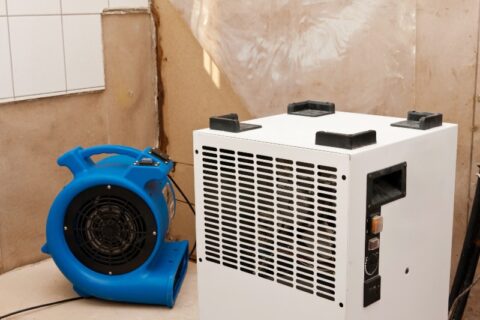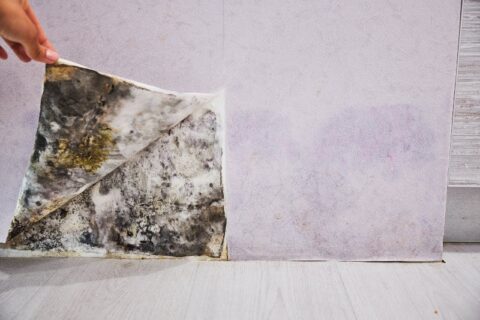Structural Water Damage and the Necessary Repairs
Property damage caused by water intrusion is a concern that property owners can’t afford to overlook. The impact on structural integrity can be profound, leading to substantial repair costs and compromised safety if left unaddressed. Learn about the potential problems that can arise from structural water damage and the steps needed for flood restoration and repair.
Foundation Water Damage
Water damage to a building’s foundation is a common problem with far-reaching consequences. Whether caused by seepage through small cracks or full-fledged flooding, moisture undermines a foundation’s structural stability, causing it to sink or fail catastrophically. The key to preventing a disaster is to promptly dry out foundation materials and repair any damage.
Roof Water Damage
Roof leaks are another stealthy culprit of structural damage. Since you probably never venture into the attic, wetness here is easy to miss until significant damage has occurred. Water seeping through the roof can rot wood structures, corrode metal, and ruin insulation. Over time, supports may weaken enough that the roof collapses. Regularly inspect for missing shingles, water stains on the ceiling, and musty odors in the attic to keep disaster at bay.
Wood and Metal Water Damage
Porous wood beams, joists, and studs are particularly vulnerable to water damage. Excess moisture can lead to rot, mold, and termite infestation, compromising the building’s structural integrity. Similarly, metal door frames, rebar, and metal-reinforced structures may corrode when exposed to water, weakening and deforming these materials over time.
The Repair Process
Addressing structural water damage requires a comprehensive repair process to restore the integrity and safety of the affected areas. Here are the steps involved:
- Conduct a water damage inspection: Upon arriving at your property, professionals identify the water source and evaluate the extent of the damage to determine how much restoration work is required.
- Water extraction: Technicians remove standing water without delay using powerful pumps and vacuums to prevent further damage. Acting fast is crucial to mitigate the spread of water into unaffected areas.
- Drying and dehumidifying: Following water extraction, the team dries out wet areas with industrial-grade dehumidifiers and air movers to remove deeply penetrated moisture. This process can prevent mold growth when performed within 24 to 48 hours of the water intrusion.
- Cleaning and sanitizing: All affected surfaces are cleaned and sanitized to remove odors and contaminants. If needed, mold remediation is performed on walls, floors, and personal belongings.
- Repair and reconstruction: The final step is to repair or replace building materials, such as drywall, flooring, and other water-damaged elements. Significant reconstruction may be required in areas with extensive structural damage.
Contact Pacific Flood Restoration
If you spot signs of structural water damage in your home or business, reach out to Pacific Flood Restoration before the problem gets any worse. We understand the challenges and stress of recovering from flood damage. That’s why we’ve built our approach on dependability, professionalism, and high customer care. Don’t deal with structural water damage alone—contact us at 760-815-3033 to request expert assistance in San Diego or the surrounding area.


